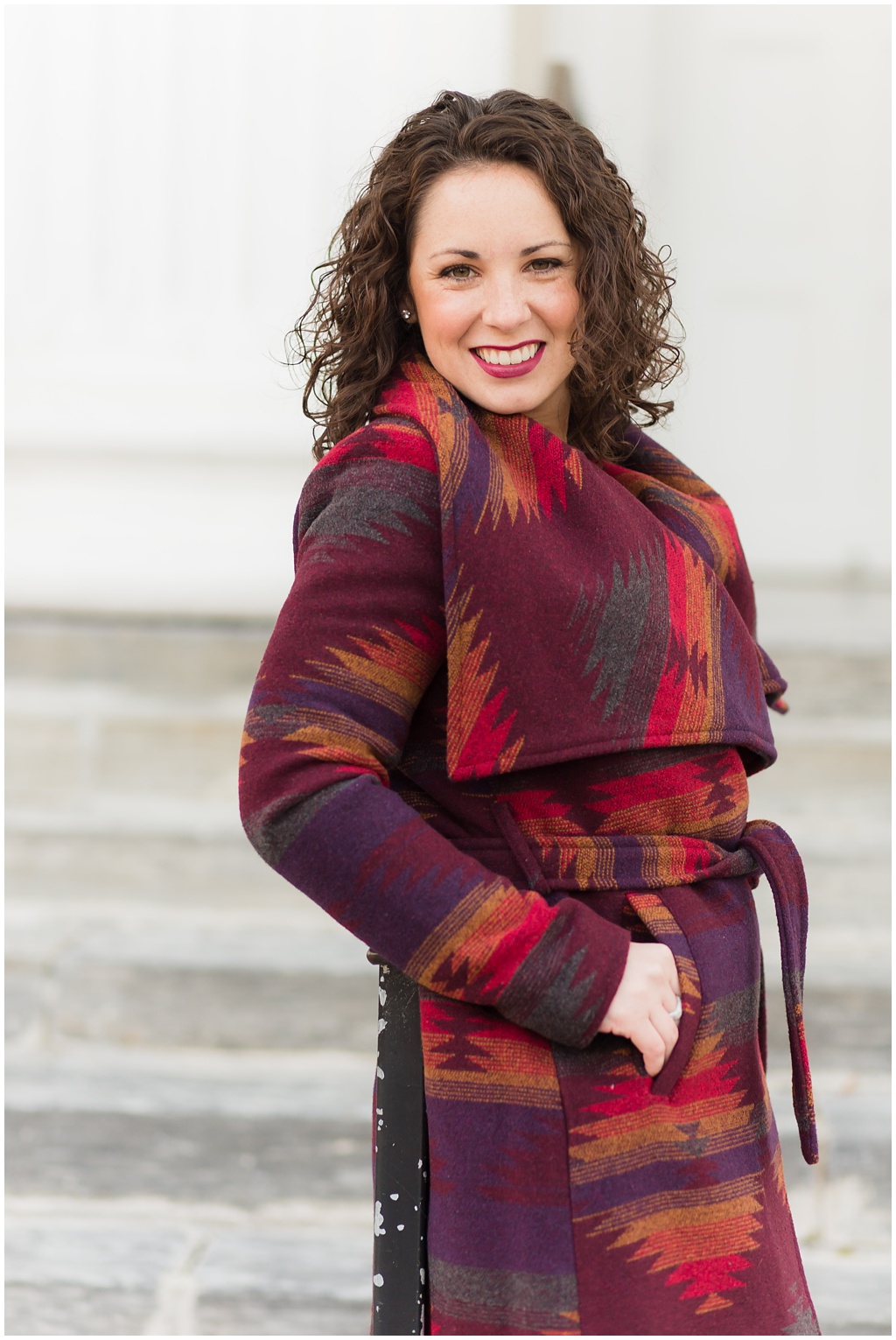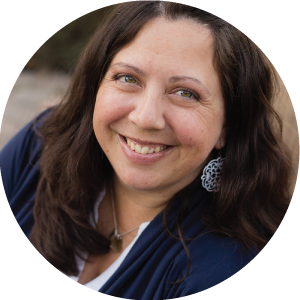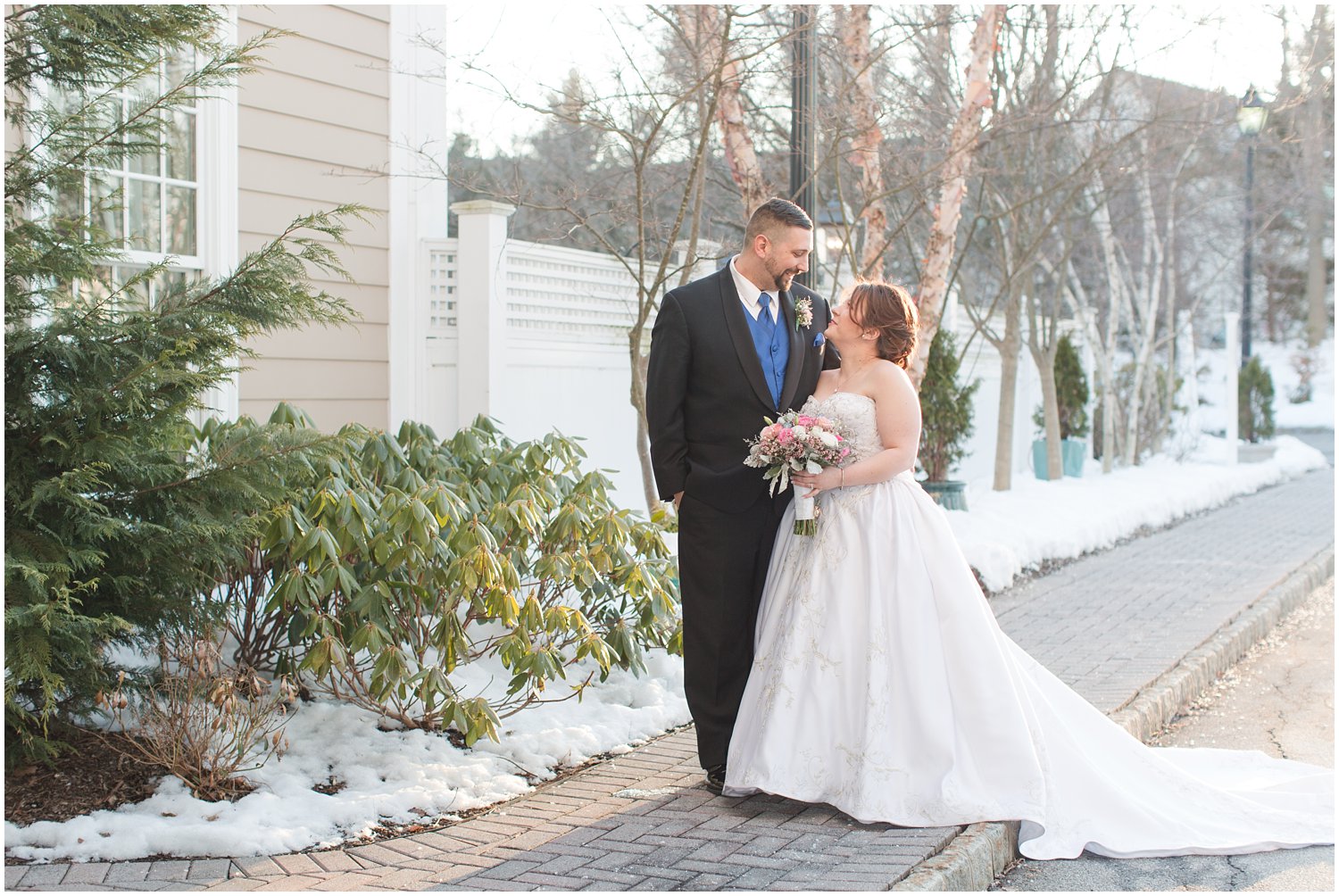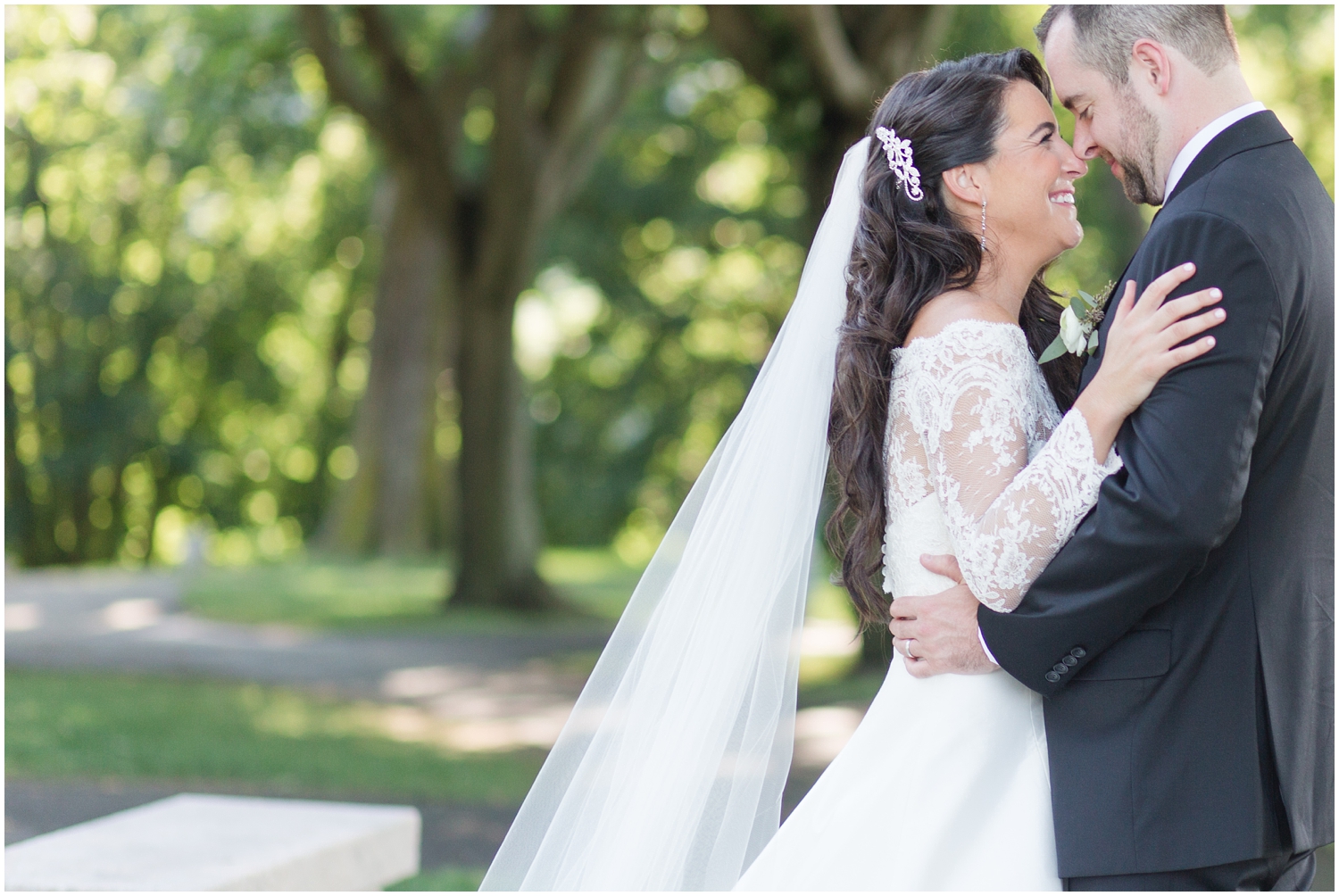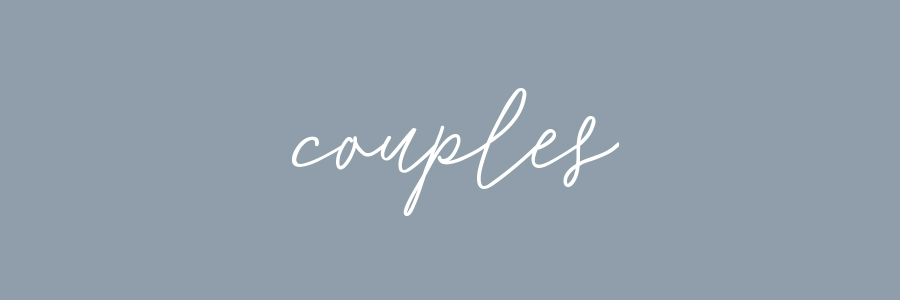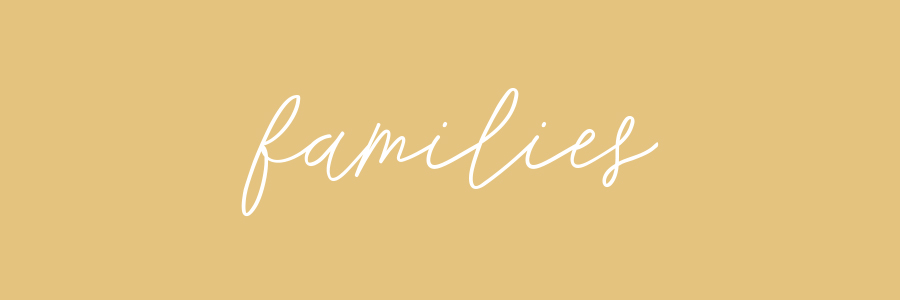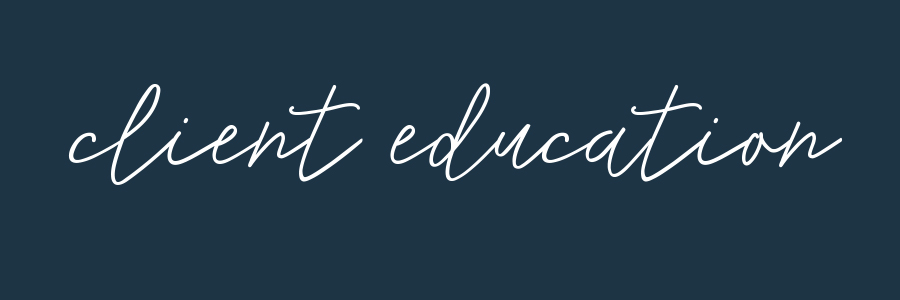Same location, three looks | Wide, Medium and Tight
/Last week I shared the one year anniversary photos for Chris and Chelsea. During our session I also took some headshots for Chelsea for her design business.
As I went through her photos, I noticed a technique that I have been working on really emerged out of the set of images. I learned this technique mostly from studying other photographers work through their blogs or online galleries and I feel that at this point it is almost becoming second nature. YAY!
Posing subjects is probably one of the most difficult parts of photography (well at least for me anyway!) Knowing what makes the body look good (read Roberto Valenzuela's Picture Perfect posing for that...) and then directing someone into those positions is something that just takes time and practice.
What I tend to do when I'm at a session and my mind goes completely blank as for what to do next, my instinct is to move locations. However, you are already in a great location, with (hopefully) great light!! Moving to another location (not to sound dramatic) puts that at risk. Varying up what you shoot in the location you are already in is a much easier way to achieve different "looks" for the client without moving much at all from the location they are in.
Simple changes in pose, plus incorporating different perspectives in your focal length and composition can dramatically change the look of the photos and the client literally doesn't have to move their feet one inch!
In this first set of three images, I used an 85mm 1.8 (my fave for portraits) and scooted way back so I could get a full body shot of Chelsea. I had her stand a bit off of the wall to create some depth and directed her to have some separation in her legs, had her at an angle to the camera and also a bend in the elbow.
Then I got in closer, incorporated her awesomely fun hat and had her simply switch the way her body was positioned and look down to her shoulder. This was my medium shot incorporating almost all of her body, but not a full length like I had just taken.
Then I got even closer and directed her again to move slightly and give me that amazingly beautiful smile of hers and got a nice tight shot of just her face with a strong rule of thirds composition.
In this next set of images, we just happened to walk by this gorgeous white door and concrete stairs and I knew we had to stop. The natural reflection of the concrete paired with the simple, elegant background of the white doors plus her delicious oxblood sweater was a match made in photography heaven!
These were also shot with my 85mm and for the first shot I had her right in the middle of those rails for a nice, wide center composition.
I moved closer again and had her pose slightly different and went in for my medium range shots from about the knee up.
And then we got that hat again and got in nice and close for a tighter shot with a lot of expression.
These last set of shots, we incorporated her beautiful jacket that she got as a recent gift for her birthday. Again, I knew that jacket against that clean background would just POP.
I got a full body, mid length and closer shot again of her in her jacket for additional variety.
There were many more photos as well from this set of images, but I just wanted to highlight how easy it can be to get tons of choices and lots of variety without moving locations or drastically changing the pose. Simply moving your feet (if you use primes) or zooming in or out can create very different looks all from one simple pose!
I hope you found this helpful and that if you are struggling with creating variety during your client sessions, you can use this technique to get different looks without changing things up and moving locations!
Any questions? Let me know in the comments! I love hearing from you. ;-)










